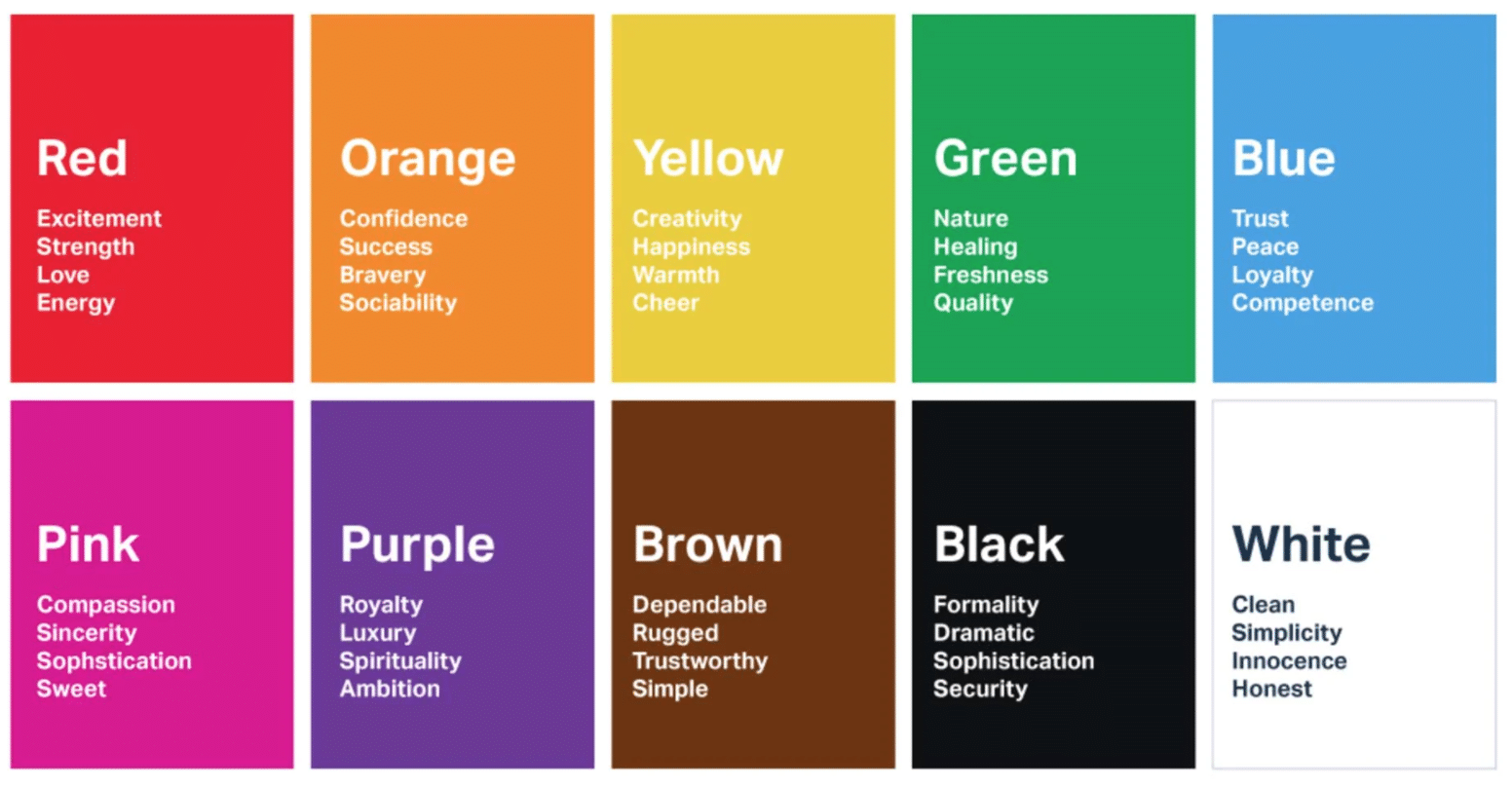Marking your golf ball has turned into its own cottage industry in recent years with personalization, stencils, stamps and other trinkets that allow you to project a little personality onto your golf ball, but have you ever considered how you mark your ball impacts your mood and ultimately, your game?
That was the thesis of a recent article by Golf.com’s Josh Berhow, and according to experts, including SwingU Master Faculty member Dr. Joe Parent, it goes beyond simple superstition.
Primarily, what Dr. Parent and Amy Morin, editor-in-chief of Verywell Mind, a psychotherapist and an international bestselling author of books on mental strength, said was that it comes down to knowing yourself and your mental make-up on the course, then experimenting with colors.
Color psychology and Dr. Parent go hand-in-hand with the best-selling author of Zen Golf, among other books, having written his masters thesis at the University of Colorado on color and personality.
“Color triggers emotions,” Dr. Parent said. “It’s really on an emotional level that you want to work with this. It works at the emotional level and not the thinking-brain level. You won’t say, ‘Oh, red, I need red numbers.’ That’s not how it works.
“For (visual) people, it can have a definite impact. You can think there’s going to be one shot during the round, at least, where they won’t be as uptight about and where they’ll make a little bit better swing and not hit it quite as far offline. It might not make a difference at all. But for visual people, it might save two or three strokes, and for other people maybe half a stroke. The more visual you are, the more impact it will make.”

Morin echoed Dr. Parent’s sentiments.
“The color of a mark on a golf ball can definitely affect a player’s emotional state,” Morin said. “In turn, their mood can impact how they think and ultimately, how they perform.
“Some golfers may do best when they have a little extra adrenaline rush, so seeing a bright red or orange dot might give them extra energy and put them in the perfect state to do their best. Another golfer may do better when they feel calm. A green mark that reminds them of nature or a blue mark that reminds them of a peaceful water scene might help them perform at their peak.
“So the color of the dot or dash on a golf ball could be one more opportunity for players to gain a competitive edge. But they’d need to have the self-awareness to recognize what emotional state helps them perform best and which color is most likely to help them achieve that emotional state.”
You might want to put a little more thought into what color you use to mark your golf ball. @Josh_Berhow spoke to two psychologists to learn how color can help your golf game. ⬇️ https://t.co/fTrTBSNCka
— GOLF.com (@GOLF_com) January 27, 2021
So, how do you know what color with which you should be marking your ball? Like anything in golf, there’s no guarantee without practice.
“It really comes down to what the player needs,” Dr. Parent said. “If they are high strung, if they get emotional and want to cool down, they might need a color glove or clothing or line on their ball that’s calming. If they need to get pumped up — they are too robot-like and need some emotion and need fire in there — maybe an orange or red.”
If simply changing out the sharpie color you use can save you a stroke or three per round, it’s definitely an investment worth making.




